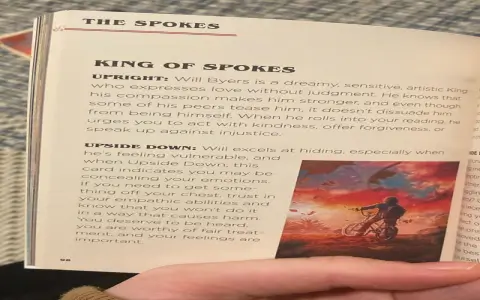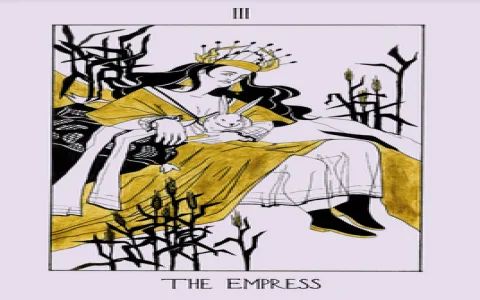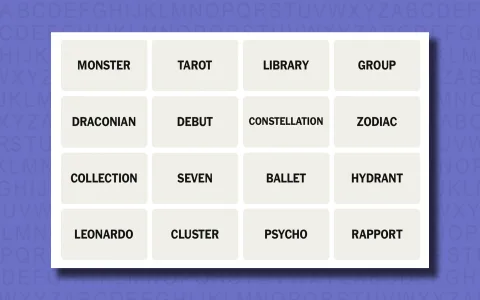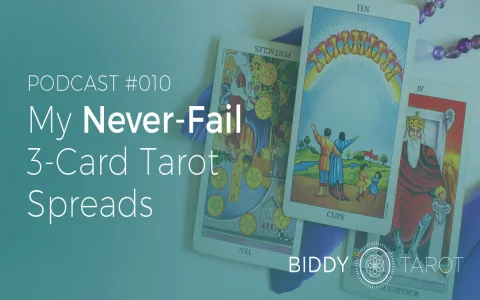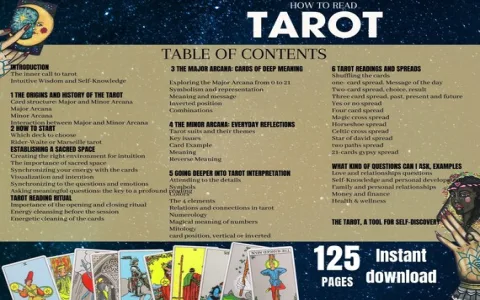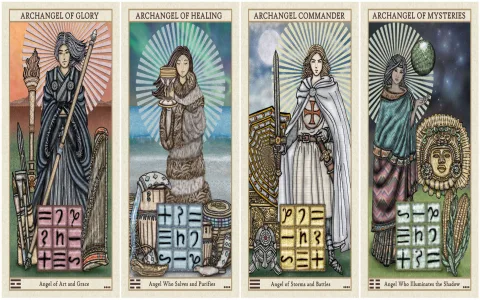I wasted years buying pretty rocks, thinking they were tools. They were just clutter.
I’m going to be straight with you. For a long time, maybe five or six years when I first started doing serious tarot work, I was making the absolute dumbest mistakes picking crystals. And I see everyone else doing the same thing. You read one list online that says “Amethyst for intuition!” or “Selenite for cleansing!” and you rush out and buy the biggest chunk you can afford. You put it next to your deck, and you think, “Okay, the magic is happening now.”
I did that. I spent hundreds of dollars on fancy, polished stones that looked amazing on the shelf but did absolutely nothing for the clarity of my readings. In fact, sometimes they made things worse. The messages felt muddy. My focus was split. I was trying to channel deep spiritual insights while having a massive chunk of high-vibration Citrine sitting right there, practically yelling “Be happy! Get rich!” when the client needed serious emotional grounding.
I needed to stop treating crystals like jewelry and start treating them like specific tools with specific jobs. It took one absolutely disastrous reading for me to finally rip up my entire setup and start from scratch.
The Messy Wake-Up Call: Stop Decorating, Start Operating
The turning point happened last winter. I was doing a complex Celtic Cross spread for a friend who was going through a terrible career crisis. It was high-stakes. I had my table loaded up: a huge, sparkling Clear Quartz pyramid, a big piece of raw Black Tourmaline, and a polished Lapis Lazuli sphere right near my elbow. I was ready to pull deep truth.
But when I looked at the cards, I couldn’t connect the threads. Everything felt fragmented. I kept trying to clear my head, but the energy in the room felt chaotic. I spent 45 minutes wrestling with the messages, feeling frustrated, and giving my friend vague answers because I couldn’t nail the core truth.
After she left, I felt physically drained. I sat back and looked at the crystal setup. That Clear Quartz? It amplifies everything. It was amplifying my anxiety, the client’s stress, and the residual chaotic energy from the day before. It was like trying to have a quiet conversation next to a subwoofer.
That night, I cleared the whole damn table. I decided I wasn’t buying another crystal until I understood exactly what the ones I had already did to my own energy field when I was actively pulling cards. I committed to a radical, no-nonsense practical test.
My Four-Step Process: Testing Tools, Not Treasures
I realized my mistake was taking advice from people who sold crystals, not people who read tarot professionally every single day. So I threw out the internet lists and instituted my own strict testing methodology. This is how I finally figured out which stones were helping and which were hindering:
- Isolate and Track: I packed away every single crystal except for my six most common ones (Amethyst, Clear Quartz, Smoky Quartz, Black Tourmaline, Selenite, and Bloodstone). For an entire week, I only used one stone at a time during readings.
- Record the Feeling: I didn’t just note if the reading was “good.” I recorded physical sensations. Did Amethyst make me feel dreamy and disconnected, or intuitive and calm? Did Clear Quartz make my thoughts race or sharpen my focus?
- Placement Matters: I stopped putting everything right next to the cards. I started testing different placements. A grounding stone (like Black Tourmaline) near my feet on the floor, rather than right on the table, often stabilized the whole reading without blocking the flow.
- Match the Task, Not the Vibe: I stopped looking for the “best crystal for tarot.” I started looking for the best crystal for the task I needed to perform. If I needed deep, emotional shielding for a heavy shadow work reading, I grabbed the Black Tourmaline. If I was doing a quick future-focused reading, I might use something lighter like Celestite (which I eventually discovered worked for me).
What I Actually Learned (It Wasn’t About Intuition)
What blew my mind was that the best crystals for my tarot practice weren’t the ones commonly listed for “psychic ability.” They were the ones that focused on stability and energetic scrubbing.
My biggest breakthrough came with Smoky Quartz. I always thought it was too boring. Too dull. But when I introduced it, I found my readings suddenly grounded. I wasn’t floating off in airy-fairy hypotheticals anymore. I was pulling concrete, useful advice. It filters the noise without filtering the message.
I had been stubbornly trying to make a huge, beautiful chunk of Rose Quartz work because I loved the aesthetic. It didn’t work. It made the readings too soft, too hesitant. Then I tried a small, rough piece of Red Jasper. Instantly, the messages felt assertive and solid. I realized I needed the grounding fire of Jasper to balance the emotional weight of the cards I was pulling.
The biggest, most embarrassing lesson? That beautiful, expensive, polished Selenite tower I bought? The one I assumed was perfectly cleansing? It was actually so porous and high-frequency that it destabilized my setup when I had too many other stones around. I use it now, but only isolated, to clean the space after a heavy session, not during the actual reading.
So, here’s the bottom line I finally arrived at: Stop following the lists. Stop buying what looks good. Get three or four stones that perform distinct functions—a stabilizer, an amplifier, a shield, and a communicator—and test them one by one. Your specific energy system will tell you exactly which ones are tools and which ones are just expensive dust collectors.
You need to stop shopping for crystals and start practicing with rocks.

